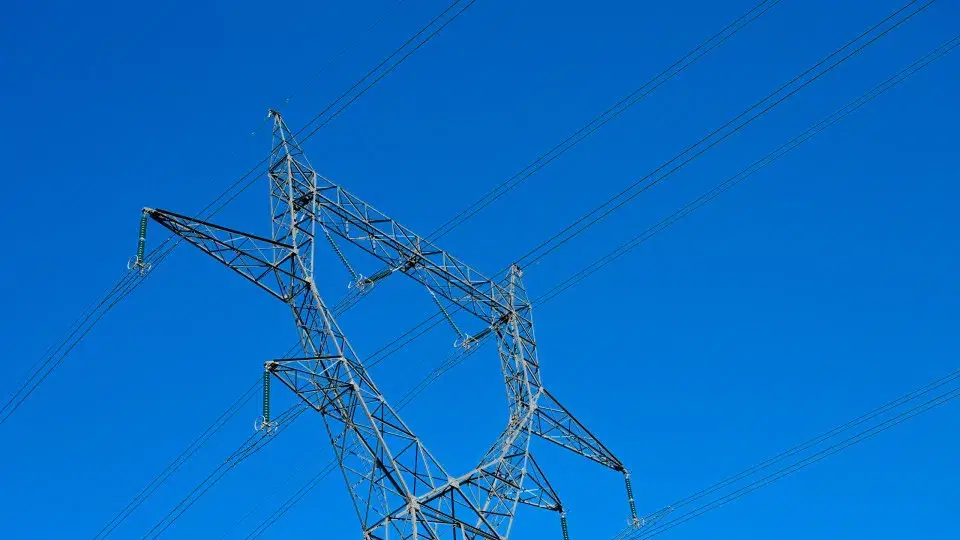
The International Atomic Energy Agency (IAEA) has raised its forecasts for nuclear energy usage through 2050 for the fifth consecutive year, suggesting it could more than double, announced the United Nations body today.
At the end of 2024, there were 417 nuclear reactors in operation worldwide, with a total capacity of 377 gigawatts electrical (GWe), according to an IAEA study presented today in Vienna, where the UN agency’s General Conference began.
In total, 8.7% of the world’s electrical energy produced in 2024 was from nuclear sources.
According to the most optimistic scenario, this figure more than doubles to 992 GWe by 2050, while the most conservative scenario forecasts 561 GWe, a 50% increase compared to 2024.
The new technology of small modular reactors (SMR) will play a key role in this expansion, accounting for between 5% and 24% of the new capacity installed.
Since 2021, when the IAEA first revised its projections upward since the Fukushima accident in 2011, forecasts have continued to rise steadily.
“The IAEA’s steadily increasing annual projections underscore a growing global consensus: nuclear energy is indispensable for achieving clean, reliable, and sustainable supply,” stated IAEA Director General Rafael Grossi in his speech at the general conference.
The IAEA indicated that 31 countries have nuclear power plants, while another 30, including Egypt, Turkey, and Bangladesh, are constructing atomic facilities to generate electricity.
The report notes that the projections consider operational reactors, possible license renewals, planned closures, power upgrades, and construction projects expected in the coming decades.




